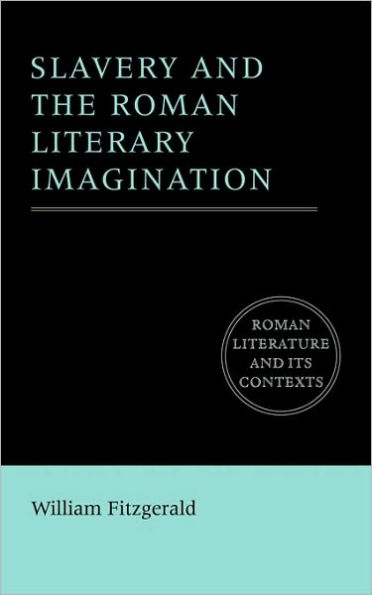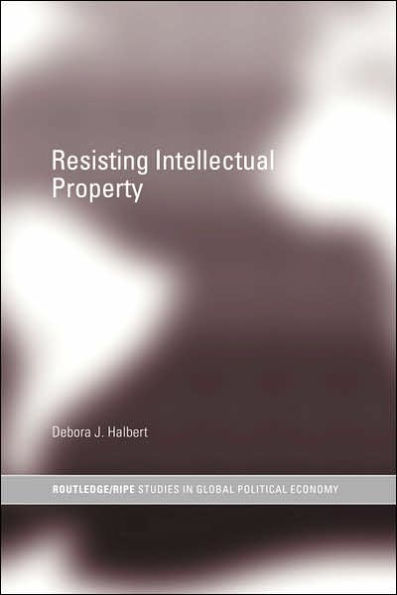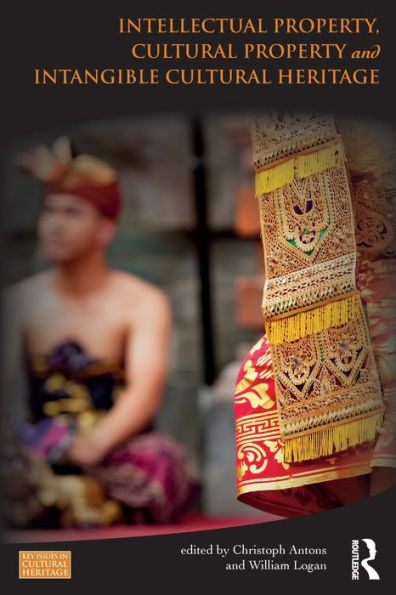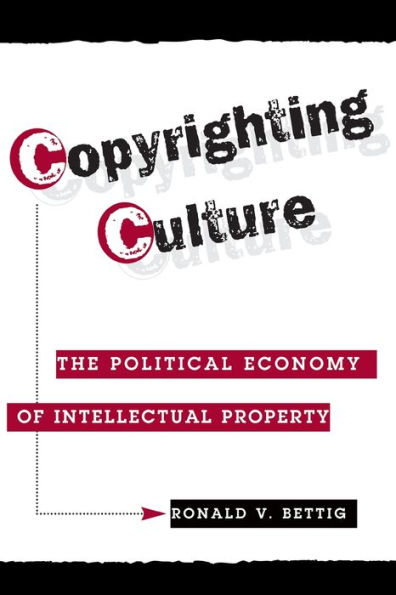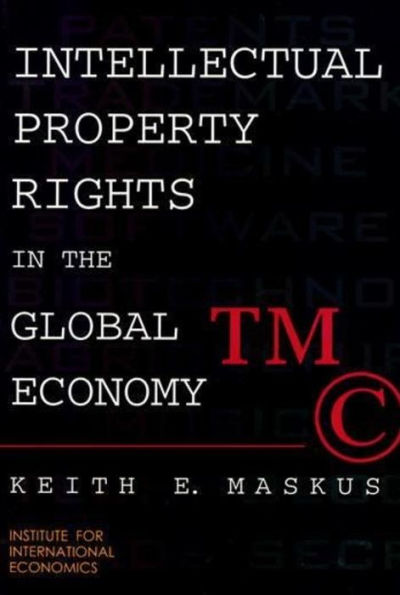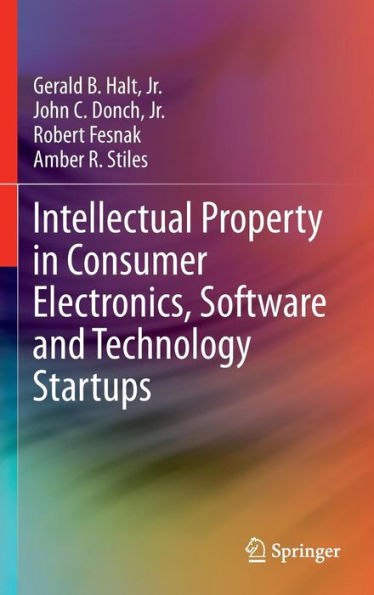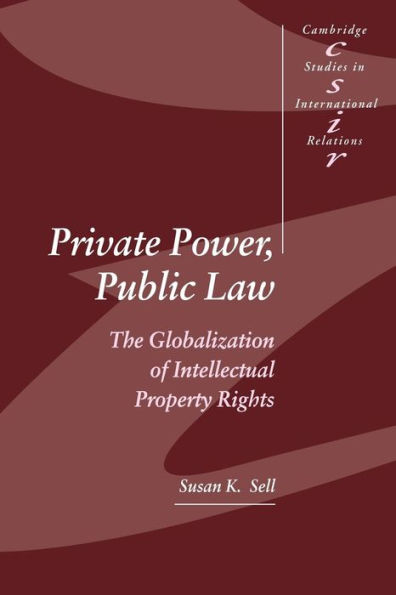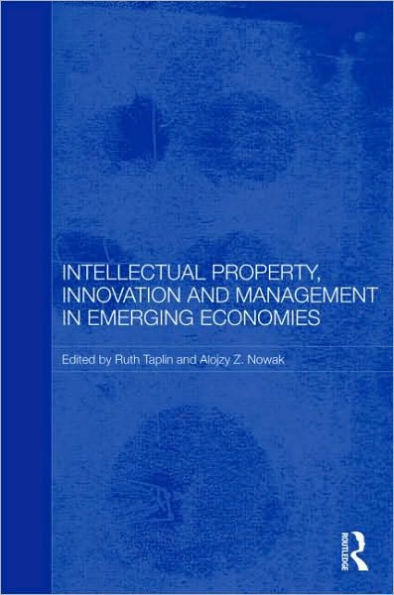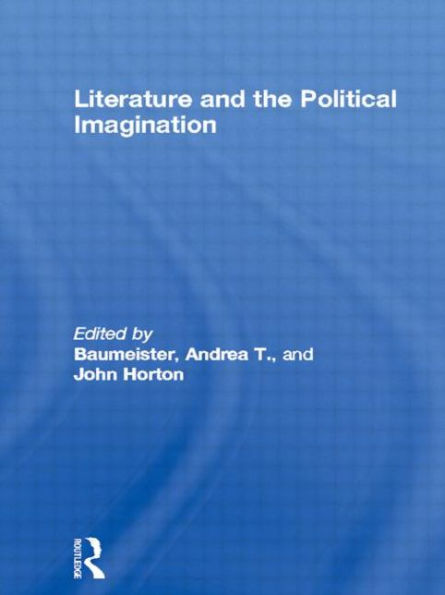Home
The Copywrights: Intellectual Property and the Literary Imagination / Edition 1
Loading Inventory...
Barnes and Noble
The Copywrights: Intellectual Property and the Literary Imagination / Edition 1
Current price: $57.50


Barnes and Noble
The Copywrights: Intellectual Property and the Literary Imagination / Edition 1
Current price: $57.50
Loading Inventory...
Size: OS
*Product Information may vary - to confirm product availability, pricing, and additional information please contact Barnes and Noble
They borrow from published works without attribution. They remake literary creation in the image of consumption. They celebrate the art of scissors and paste. Who are these outlaws? Postmodern culture-jammers or file-sharing teens? No, they are the Copywrights—Victorian and modernist writers, among them Oscar Wilde and James Joyce, whose work wrestled with the intellectual property laws of their day. In a highly readable and thought-provoking book that places today's copyright wars in historical context, Paul K. Saint-Amour asks: Would their art have survived the copyright laws of the new millennium?
Revisiting major works by Wilde and Joyce as well as centos assembled by anonymous writers from existing poems, Saint-Amour sees the period 1830–1930 as a time when imaginative literature became aware of its own status as intellectual property and began to register that awareness in its subjects, plots, and formal architecture.
The authors of these self-reflexive literary texts were more conscious than their precursors of the role played by consumption in both the composition and the consecration of literature. The texts in question became, in turn, part of what Saint-Amour characterizes as a "counterdiscourse" to extensive monopoly copyright, a vocal minority that insisted on a broadly conceived public domain not only as indispensable to free expression and fresh creation but as a good in itself.
Recent events such as the court battle over the Copyright Term Extension Act (CTEA), which extends copyright terms by 20 years, the patenting of the human genome and of genetically altered seed lines, and high-stakes controversies over literary parody have increased public awareness of intellectual property law. In The Copywrights, Saint-Amour challenges the notion that copyright's function ends with the provision of private incentives to creation and innovation. The cases he examines lead him to argue that copyright performs a range of political, emotional, and even sacred functions that are too often ignored and that what seems to have emerged as copyright's primary function—the creation of private property incentives—must not be an end in itself.
Revisiting major works by Wilde and Joyce as well as centos assembled by anonymous writers from existing poems, Saint-Amour sees the period 1830–1930 as a time when imaginative literature became aware of its own status as intellectual property and began to register that awareness in its subjects, plots, and formal architecture.
The authors of these self-reflexive literary texts were more conscious than their precursors of the role played by consumption in both the composition and the consecration of literature. The texts in question became, in turn, part of what Saint-Amour characterizes as a "counterdiscourse" to extensive monopoly copyright, a vocal minority that insisted on a broadly conceived public domain not only as indispensable to free expression and fresh creation but as a good in itself.
Recent events such as the court battle over the Copyright Term Extension Act (CTEA), which extends copyright terms by 20 years, the patenting of the human genome and of genetically altered seed lines, and high-stakes controversies over literary parody have increased public awareness of intellectual property law. In The Copywrights, Saint-Amour challenges the notion that copyright's function ends with the provision of private incentives to creation and innovation. The cases he examines lead him to argue that copyright performs a range of political, emotional, and even sacred functions that are too often ignored and that what seems to have emerged as copyright's primary function—the creation of private property incentives—must not be an end in itself.
